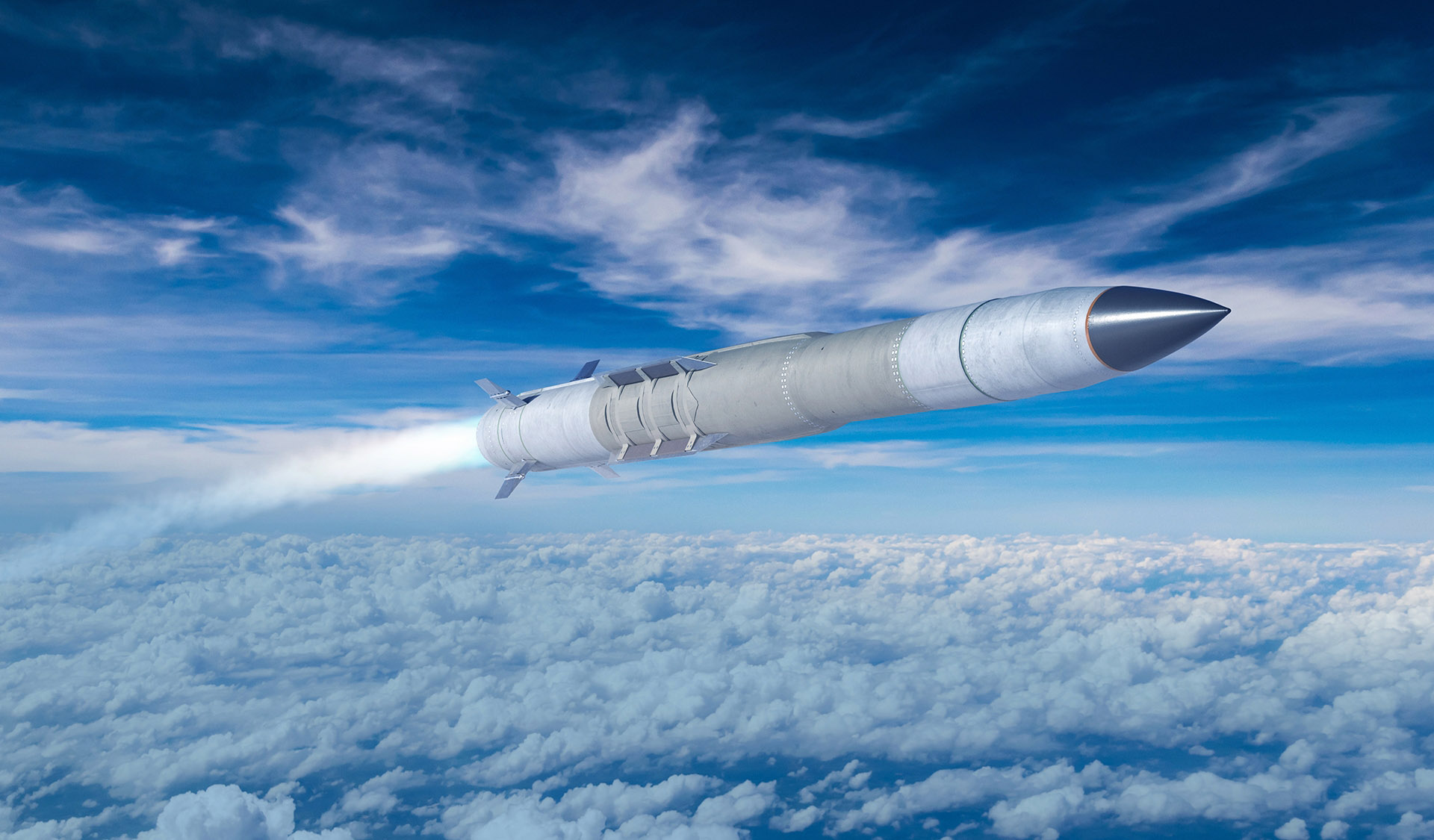The US’s ambitious plan to manufacture Patriot missiles in Japan for Ukraine may have encountered a setback at a critical juncture.
Citing four unknown sources, Reuters reported that a scarcity of a crucial Boeing component is delaying the American proposal to use Japanese factories to boost the manufacturing of Patriot air defense missiles.
Two Japanese government officials and two industry sources who spoke to the publication noted that the Japanese manufacturer, Mitsubishi Heavy Industries (MHI), is already producing about 30 PAC-3 missiles annually under license from defense contractor Lockheed Martin, with the capacity to produce up to 60.
The United States wants to boost production as quickly as possible, from roughly 500 units per year to more than 750 units per year globally, including in Japan. Government and business insiders, however, claimed that expansion would not be possible in Japan without additional supplies of the missile seekers that guide the missiles in their final seconds of flight.
Forget J-20, China’s H-20 Stealth Bomber Threatens ‘Easy Penetration’ Of LAC; How Can IAF Respond?
An industry source who didn’t want to be named told Reuters, “It could take several years before MHI can raise output,” owing to this shortfall.
Moreover, the trouble of the seeker shortage is not expected to abate in the short term. To boost output by thirty percent, Boeing started building new lines at its seeker facility in the US last year. However, these lines won’t start operation until 2027.
Lockheed Martin plans to increase the number of Patriot interceptors it produces in the United States from 500 to 650 by 2027. The cost per unit of these missiles is $4 million and reports suggest that production is increasing at 100 missiles per year.

Notably, the Reuters report emphasized that even if the seekers were readily available, MHI would need to ramp up capacity to expand Japan’s yearly PAC-3 output beyond 60.
The Japanese government announced in its 2022 goal to increase defense spending that it would provide financial support to defense industries looking to increase production. However, those incentives are only applicable for weaponry meant for the nation’s Self Defense Forces and not exports.
The manufacturing hiccup in Japan demonstrates the difficulties Washington has connecting the industrial support of its international partners to its intricate supply chains. Even with the assistance of its close allies, the US is having difficulty meeting Ukraine’s need for arms, especially air defense systems capable of fending off Russian attacks, due to supply chain bottlenecks.
Japan’s incapability to increase output would undermine Washington’s broader plans for expansion, given the resurgence of the need for Patriot missile defense systems globally and the steadily growing demand for PAC interceptors in Ukraine. For instance, the US announced in April it would supply Patriot air defense missile systems to Ukraine as part of a $6 billion additional military aid package.
It was decided earlier this month that the United States, Germany, and Romania would send more Patriot batteries to Ukraine and that the Netherlands and other nations would send additional Patriot components to complete one more battery. Ukraine’s demand for sophisticated Patriot batteries and munitions has seen an uptick in the face of intensifying Russian air strikes.
On its part, Russia has upped missile and drone strikes against Kyiv, targeting power infrastructure in a bid to weaken the country’s war-fighting capability.
Amid burgeoning demand, it was previously believed that Japan would step up and bolster American firepower to assist Ukraine indirectly. This led to fierce warnings from the Kremlin, triggering concern that Tokyo would eventually back out.
Almost intriguingly, though, the blow to Japan’s chances of increasing its involvement in Patriot production has come from a key US contractor rather than an angry Moscow.
Japan’s Patriot Missile & Russian Fury
Following a modification to its arms export regulations, Japan announced in December last year that it would hand over its Patriot air defense missiles to the United States. Analysts said the missiles would then be redirected to Ukraine.
Previously, Tokyo restricted the export of licensed equipment and parts to the country holding the manufacturing license. However, the new regulations also allow it to ship completed goods.
It is anticipated that Tokyo’s ban on military exports will be eased, making it easier for the US and other European nations to arm Ukraine.
The US and Japan have been discussing ways to bolster support for Ukraine for almost a year. For example, in June last year, the Wall Street Journal reported that the Asian country was considering supplying 155 mm artillery shells to Ukraine under a 2016 pact.
Japan was cautioned by Russia amid concerns that Japanese Patriot missiles could be arriving in Ukraine. Russia’s Ambassador Extraordinary and Plenipotentiary to Japan, Nikolay Stanislavovich Nozdrev, threatened Tokyo with dire consequences and punitive action if Patriot missile systems made in Japan under license from the United States ended up in Ukraine in March this year.
Nozdrev issued a warning, stating that since Tokyo eased export restrictions late last year, Moscow would be closely monitoring the destination of Japanese weapon transfers. He stated that Russia would be on the lookout for any possible shipments of Patriot missile systems and missiles made in Japan under license from the US to Ukraine through the US.
“Accordingly, we will be observing to make sure that the Patriots delivered do not end up in Ukraine, because if that happens, there will be the most severe consequences for bilateral (Russia-Japan) relations, including our retaliatory steps,” RIA cited the ambassador as saying.
Currently, there is no available data regarding the potential transfer of Patriot missiles from Japan to the US. Given the scarcity of seekers, it is improbable that Japan will contribute to the increased production of Patriot interceptors in the next few years.
- Contact the author at sakshi.tiwari9555(at)gmail.com
- Follow EurAsian Times on Google News